Content:
Tomato is a thermophilic culture. Therefore, scientists had to work hard to bring out the best varieties of tomatoes for Siberia. The region has short summers, unpredictable weather conditions, frequent temperature changes. Before the onset of the summer season 2018, farmers choose early cold-resistant varieties, disinfect the soil and greenhouse in advance, and carefully look after the seedlings. Further, the best tomatoes for open ground in Siberia and for growing in a greenhouse.
Tomato varieties for outdoor cultivation in Siberia
What is important when choosing tomatoes for Siberia:
- Ripening period is about 100 days. August brings cold snap and humidity. Having planted other plants, there is a risk of getting seedlings infected with late blight from roots to leaves.
- Unpretentiousness and stability.
- Bushes should have a strong base. Siberia is characterized by strong winds, rainstorms and hail.
- Frost resistant. Even with the onset of June, there is no guarantee that the temperature will not drop to the critical level for the plant at night.
Grandee
Description of the variety
- Ripens on day 105.
- The height of the bush is 50 cm.
- Fruits are ribbed heart-shaped.
- The colors range from pink to crimson.
- Each tomato weighs up to 250 g.
- Productivity is high - 5-6 kg per m².
How to grow and care
- At the end of March, seeds are planted for seedlings.
- The soil is prepared independently from sand and peat, mineral fertilizers are added.
- In May, they are planted in open ground.
- Water abundantly during flowering.
- It is recommended to use a soapy solution in pest control.
Features:
- frost resistance;
- immunity to late blight;
- great taste.
disadvantages
- Requires shaping and tying to supports.
- Additional soil fertilization is required.
- Stored for a short time and damaged in transit.
Brawler yellow
Description
- The bush is strong, resistant.
- Height - about 30 cm.
- Fruit weight - about 150 g.
- Gives up to 8 kg per m2.
- Cylinder shape.
- Ripe tomatoes are bright yellow.
- Ideal for canning, pickling, salads.
Features:
- Unpretentious in cultivation and care.
- Has the ability to ripen indoors.
- Immunity to tobacco mosaic virus.
- Outwardly it looks like a plum.
How to grow
- In March, seeds are sown for seedlings.
- The soil is fertilized with minerals.
- In May, they are planted in open ground according to the scheme - 8 seedlings per 1 m².
- For the prevention of late blight, seedlings are treated with a solution of copper sulfate.
- Watered 3 times a week with warm water.
pros
- universality of use;
- compact low bushes;
- no need to tie and pinch;
- frost resistance;
- the possibility of ripening;
- not damaged during transportation.
Siberian early maturing
Description
- Early, ripens 98 days after germination.
- Medium leafy, undersized.
- The weight of tomatoes is 55-115 g.
- Brings up to 8 kg of yield per m².
- Ripe red fruits.
Features:
- Able to ripen indoors at a temperature of 20 degrees.
- The tomatoes are not cracked.
- Unpretentiousness.
- When grown outdoors, it produces larger fruits.
How to grow
- In early April, hardened and disinfected seeds can be planted on seedlings.
- After the appearance of 2 leaves, dive.
- In early June, plant on a site in slightly acidic soil.
- Leave 35 cm between the rows, 50 cm between the bushes.
- Use a fungicide against late blight.
Heavyweight of Siberia
Description
- Stunted.
- Large-fruited, tomato weight - up to 800 g.
- Ripens in 116 days,
- The color is crimson.
- Gives up to 3 kg of yield per m².
How to grow
- In April, plant seeds for seedlings.
- Move to open ground on June 1.
- Planting scheme on the site - 5 seedlings per 1 m².
- Remove stepsons.
- Form a bush.
pros
- large fruits;
- not susceptible to disease.
Minuses
- does not tolerate heat;
- obsolescence - in 2018 it is possible;
- does not apply to a productive variety.
The best varieties of tomatoes for Siberia for growing in a greenhouse
Siberian yellow tomato
Characteristics and description of the Siberian yellow tomato variety
- ripens in 115 days;
- tall bush up to 180 cm;
- the fruit is cylindrical;
- yellow color;
- tomato weight - 200 g.
How to grow in a greenhouse
- In March, plant seeds in pots.
- Dive after 2 leaves appear.
- Plant the seedlings in the greenhouse in May.
- Planting scheme: between bushes 45 cm, between rows 65 cm.
- When the tomatoes grow up to 50 cm, tie the stem to the support.
- Once every 10 days, you need to do pinching.
- Form the bush into 1-2 stems.
- After the fruit appears, pinch the top.
- Water abundantly 2 times a week.
pros
- Sweet taste.
- High lycopene content in fruits.
- Resistant to the climate of Siberia.
- Unusual appearance.
Minuses
- Not suitable for canning.
Tomato Krasa Siberia
Description of the tomato variety Krasa Siberia
- It grows up to 200 cm.
- Ripens in 95 days.
- Large fruit - 450-1000 g.
- The color is crimson with a yellow spot at the stalk.
- Delicate and juicy pulp.
How to grow
- In March, plant the seeds in a mixture of sand, peat and mineral fertilizers.
- Dive after sprouting.
- Transfer to the greenhouse at the end of May. Before planting in the greenhouse, remove the top 5 cm of soil, dig up and loosen the soil.
- Seedlings are tied to pegs, the stem is allowed to run along a rope stretched over a trellis.
- Pinch the top of the tomatoes.
pros
- fleshy juicy fruits weighing up to 1 kg;
- early maturation;
- excellent taste and aroma;
- developed specifically for the climate of Siberia.
disadvantages
- not suitable for canning;
- damaged in transit.
When choosing tomatoes for Siberia, they pay attention to the ripening time, resistance to adverse weather conditions and unpretentiousness in growing. Breeders have bred special varieties of Siberian tomatoes that ripen in 95-115 days, withstand temperature changes and bear fruit even during a cold snap.

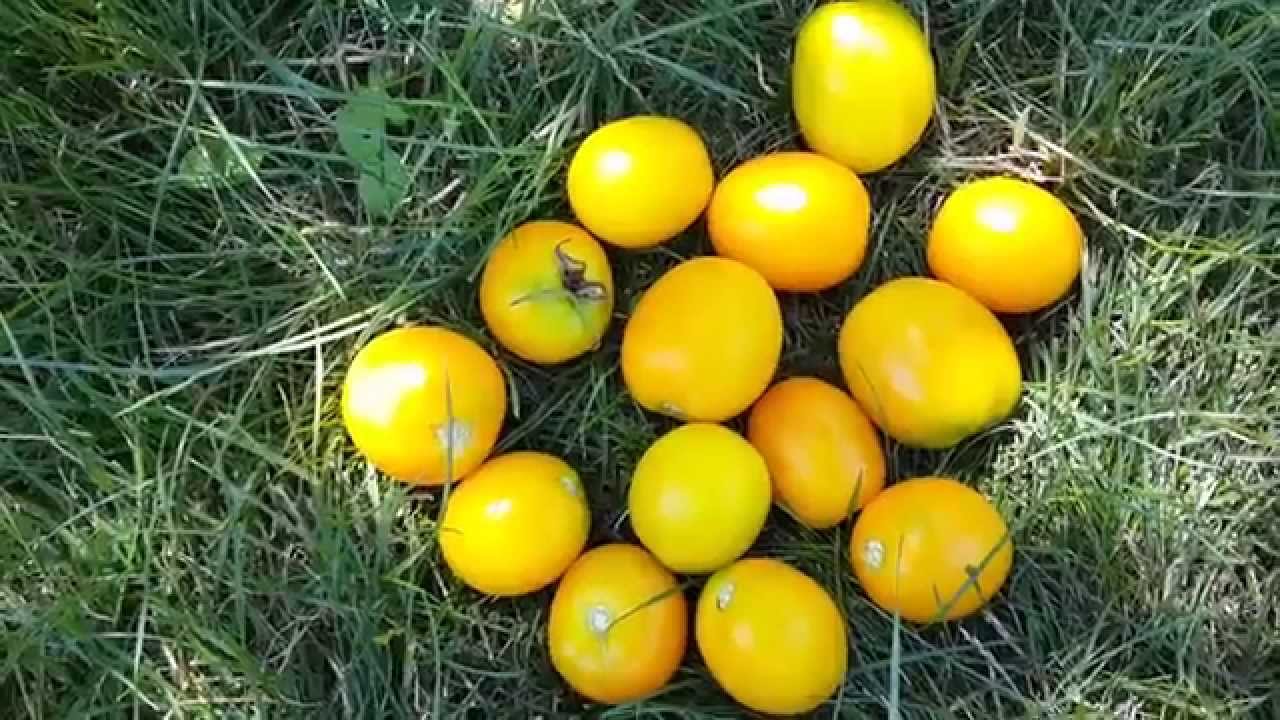

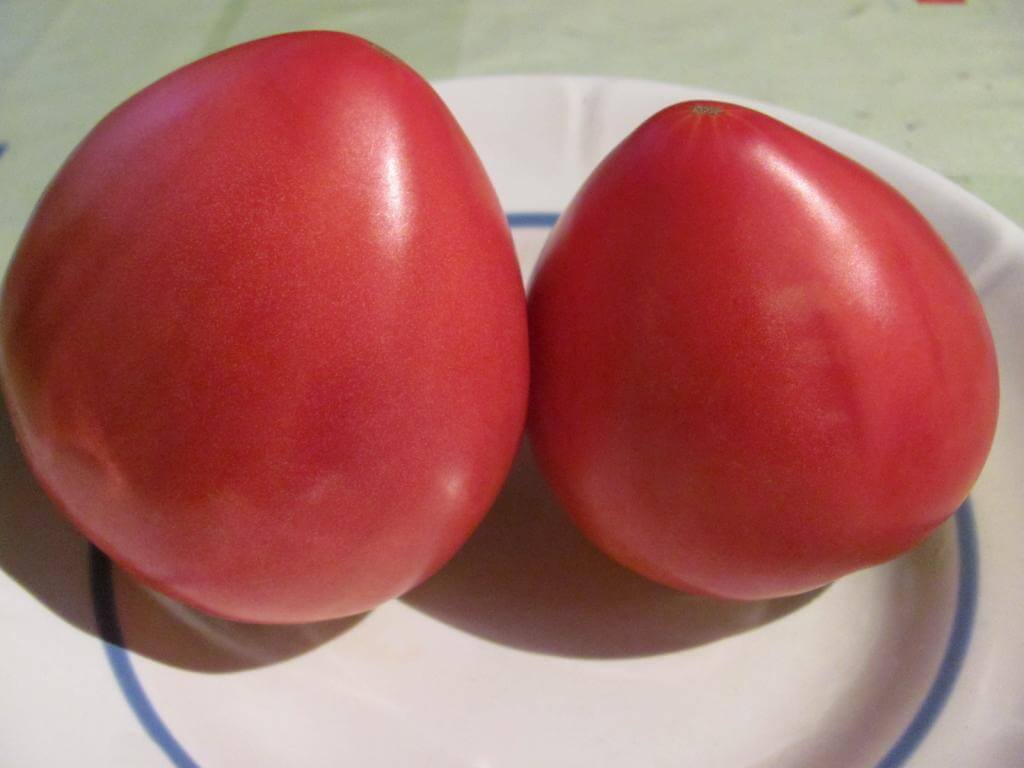
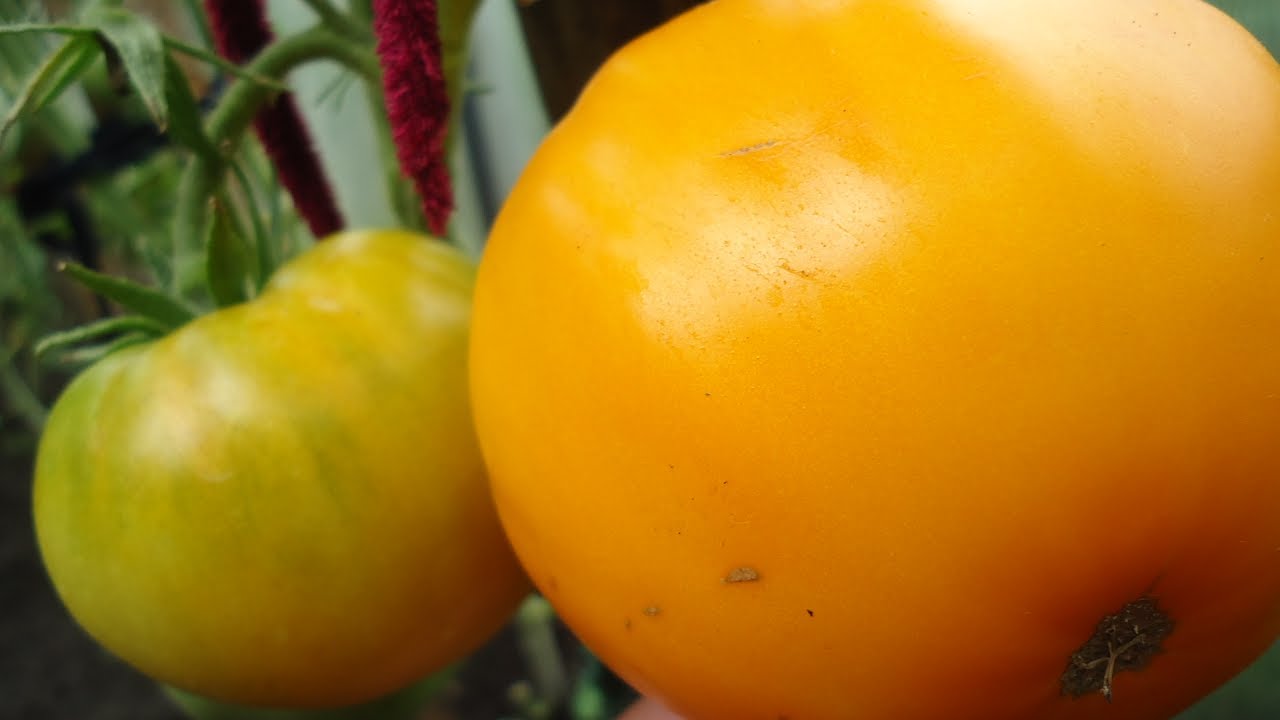
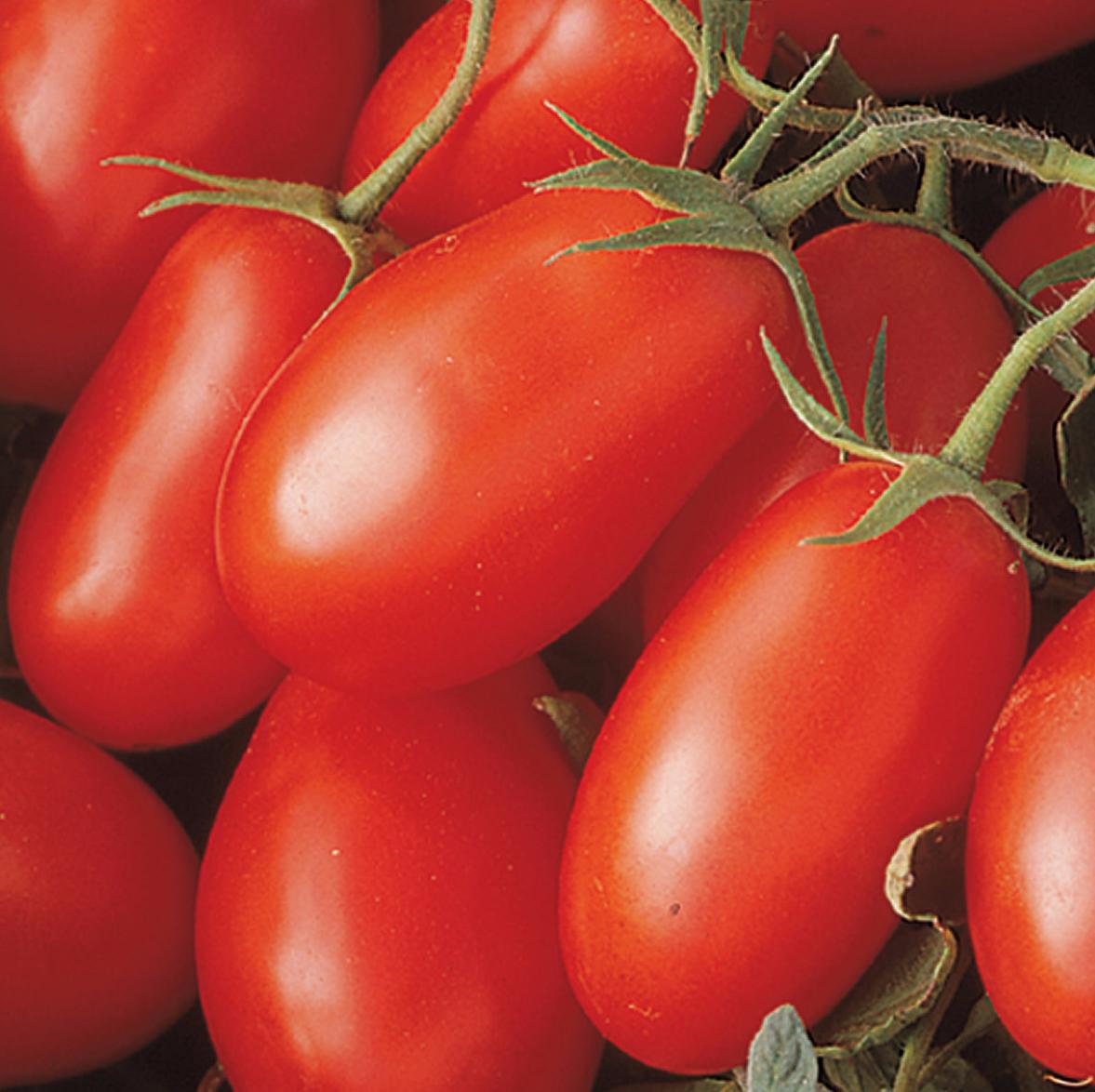

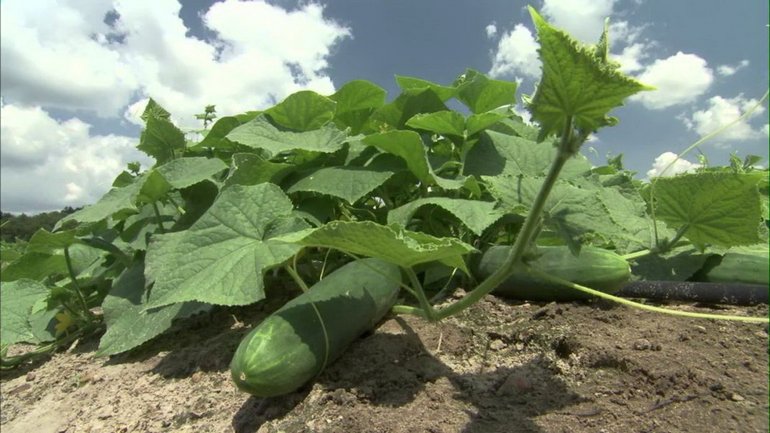
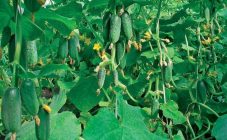
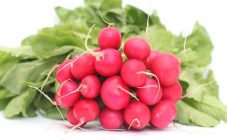
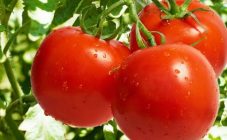
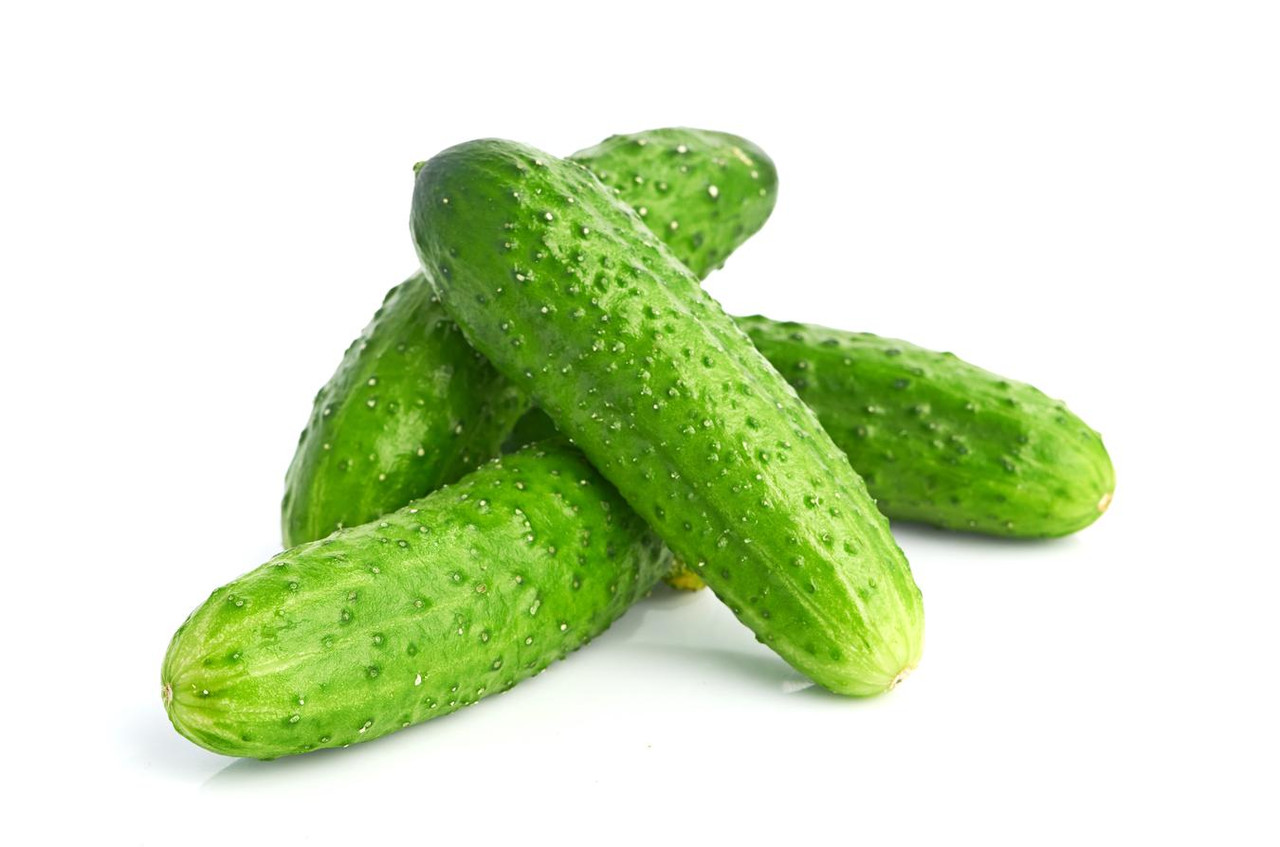







In the text, the photograph of the Beauty of Siberia is not correct. This is a large pink heart. And, I will note that in my Beauty of Siberia, the yellow spot at the stalk disappears when fully ripe. The tomato is very tasty and aromatic. There is a hint of flower nectar in the taste and aroma (I thought so).